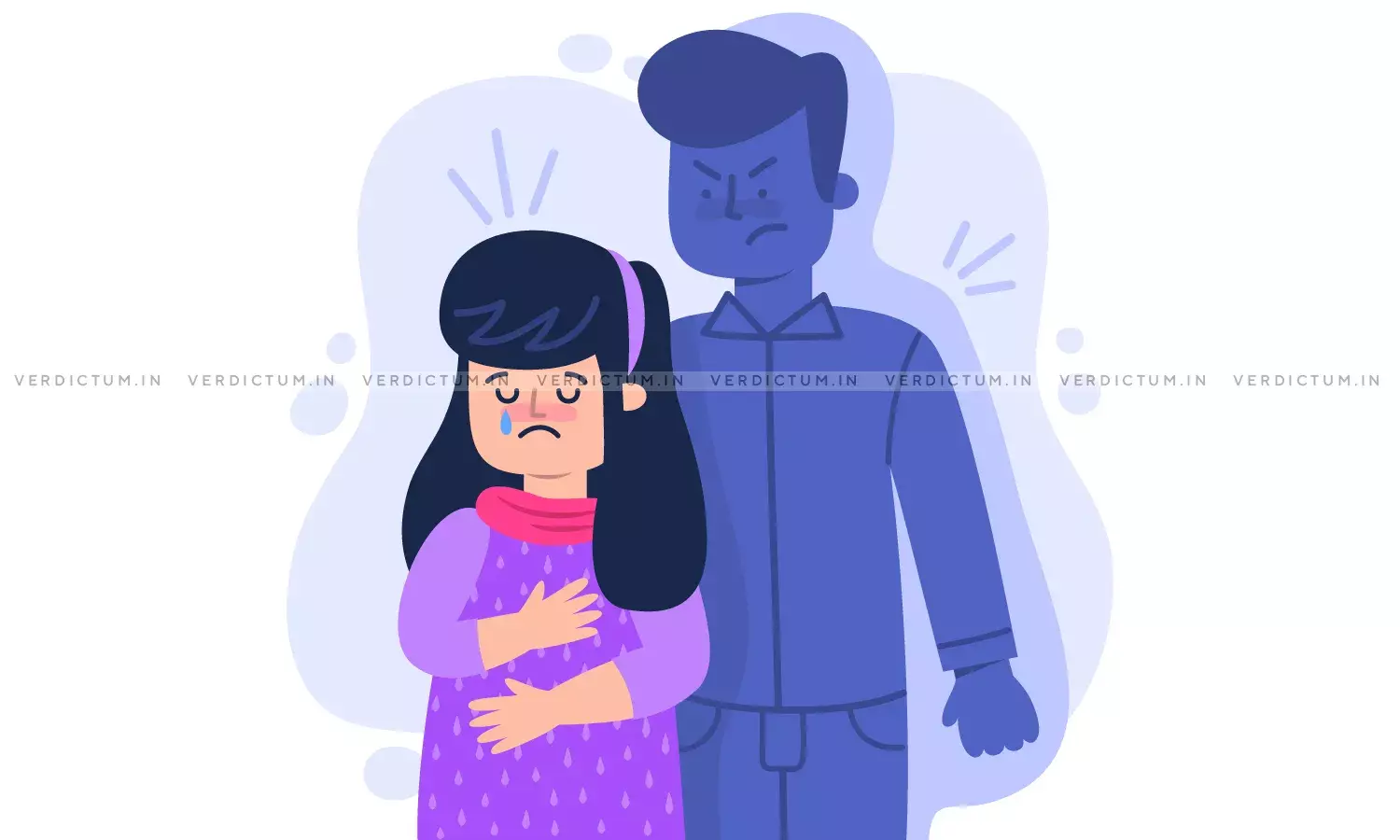Victim’s Tears Must Be Understood For What They Are Worth: Supreme Court Sets Aside Acquittal Of Man In 1986 Minor’s Rape Case
The Supreme Court allowed a Criminal Appeal of the State against the Judgment of the Rajasthan High Court’s Single Judge, which acquitted the accused.

The Supreme Court has set aside the acquittal of a man who was accused of raping a minor girl in the year 1986, nearly forty years ago.
The Court was deciding a Criminal Appeal preferred by the State against the Judgment of the Rajasthan High Court’s Single Judge, which acquitted the accused.
The two-Judge Bench comprising Justice Vikram Nath and Justice Sanjay Karol observed, “When asked about the incident, the trial Judge records that ‘V’ was silent, and upon being further asked, only shed silent tears and nothing more. Nothing could be elicited from the testimony regarding the commission of the offence. This, in our view, cannot be used as a factor in favour of the respondent. The tears of ‘V’, have to be understood for what they are worth. This silence cannot accrue to the benefit of the respondent.”
The Bench remarked that the silence here is that of a child and it cannot be equated with the silence of a fully realised adult prosecutrix, which again would have to be weighed in its own circumstances.
AAG Sanskriti Pathak appeared for the Appellant/State while AOR Ranbir Singh Yadav appeared for the Respondent/Accused.
Facts of the Case
The incident allegedly happened on March 3, 1986, when the victim (minor girl) was discovered unconscious and bleeding from her private parts by a person (witness). It was alleged that the Respondent-accused subjected her to sexual assault. The said witness filed a report with the concerned police station. The prosecution examined 15 witnesses and exhibited 19 documents. The accused termed it to be a false case and said that the witness had concocted since he wanted the victim’s father to vacate the accused’s house.
The sole issue before the Trial Court was whether the accused had sexually assaulted the victim or not. The Trial Court held the accused guilty for the offence punishable under Section 376 of the Indian Penal Code (IPC) and sentenced him to undergo rigorous imprisonment of 7 years along with a fine of Rs. 500/-. The accused challenged this before the High Court, which upturned his conviction and acquitted him. Being aggrieved, the State was before the Apex Court.
Reasoning
The Supreme Court after hearing the contentions of the counsel, said, “It is a matter of great sadness that this minor girl and her family have to go through nearly four decades of life, waiting to close this horrific chapter of her/their lives.”
The Court took note of the fact that the victim has not deposed anything about the commission of the offence against her.
“… ‘V’ has not turned hostile. Trauma has engulfed her in silence. It would be unfair to burden her young shoulders with the weight of the entire prosecution. A child traumatized at a tender age by this ghastly imposition upon her has to be relieved of being the basis on which her offender can be put behind bars”, it further remarked.
The Court observed that in almost all other cases, the testimony of the prosecutrix is present and forms an essential part of the conviction of an accused, but at the same time, there is no hard and fast rule that in the absence of such a statement a conviction cannot stand, particularly when other evidence, medical and circumstantial, is available pointing to such a conclusion.
“… if the prosecutrix is unable to testify, or for some justifiable reason remains unexamined, the possibility of conviction is automatically excluded. At this stage, it is important to record that we should not for a moment be understood saying that a person with a disability is by definition an incompetent witness”, it said.
The Court was of the view that the absence of evidence of the prosecutrix is, not in all cases, a negative to be accounted for in the prosecution case.
“The version suggested by the defence that the injury caused to the private part of ‘V’ could not have been caused by a nail or an all-pin. Further attempt to discredit the evidence of the Doctor by suggesting that he had, in fact, given his findings, influenced by a bribe, is only a mere allegation/statement, as the same is entirely unsubstantiated by the record”, it also noted.
The Court added that even on being queried by the Court, the witness answered that the cause of injury to the victim can be through sexual intercourse, or an accident and that, coupled with the finding of injury on the genital organ of the accused being possible only due to forceful intercourse with a minor female, leads to a circumstance pointing to the accused having committed the offence against the victim.
“The possibility of animosity between the accused and the father of ‘V’ has not been established to the point that it would represent a crack in the wall of the prosecution case, giving rise to reasonable doubt”, it concluded.
Accordingly, the Apex Court allowed the Appeal, set aside the High Court’s Judgment, and restored the Trial Court’s Judgment of conviction.
Cause Title- State of Rajasthan v. Chatra (Neutral Citation: 2025 INSC 360)
Appearance:
Appellant: AAG Sanskriti Pathak, AOR Milind Kumar, and Advocate Aman Prasad.
Respondent: AOR Ranbir Singh Yadav, Advocates Prateek Yadav, Puran Mal Saini, Anzu K. Varkey, and Pratima Yadav.


